Gastronomy surrounding the blessings of Mie
The Chunanse region is rich in nature, with clear streams and valleys, and is also famous for producing Matsusaka beef, a work of art. The area is home to restaurants directly managed by farmers producing the specialty Matsusaka beef, a direct-from-the-farm market where carefully selected locally produced ingredients are gathered, and dining facilities created as ``food museums,'' all of which offer a variety of ways to enjoy Mie. It is possible to encounter ingredients.
Let's go on a gastronomy tour to visit people in the Chunan region who work with Mie's ingredients with passion and love, and experience their passion.
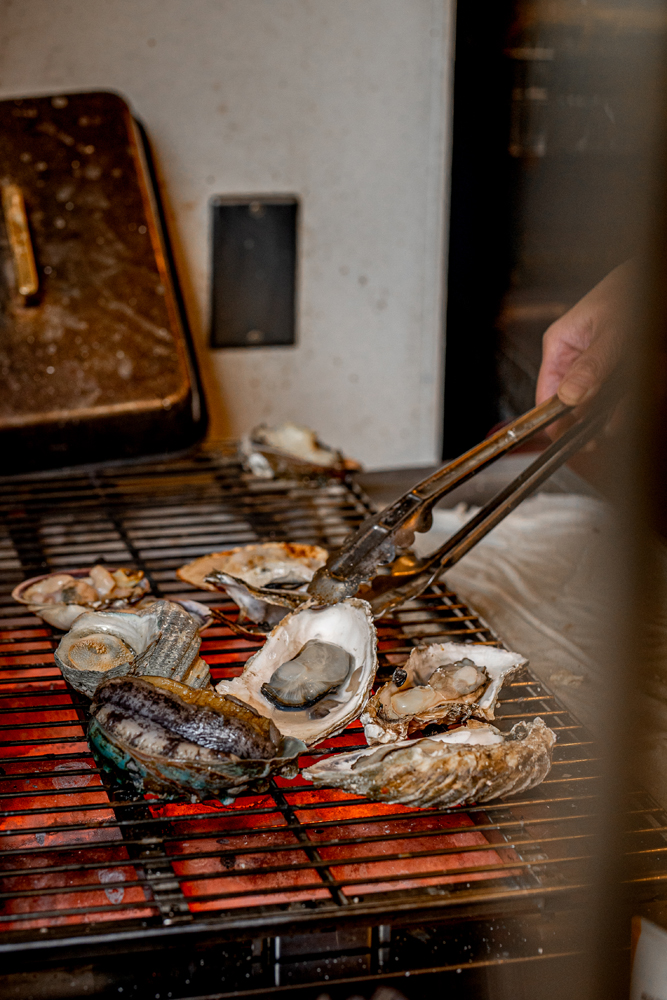
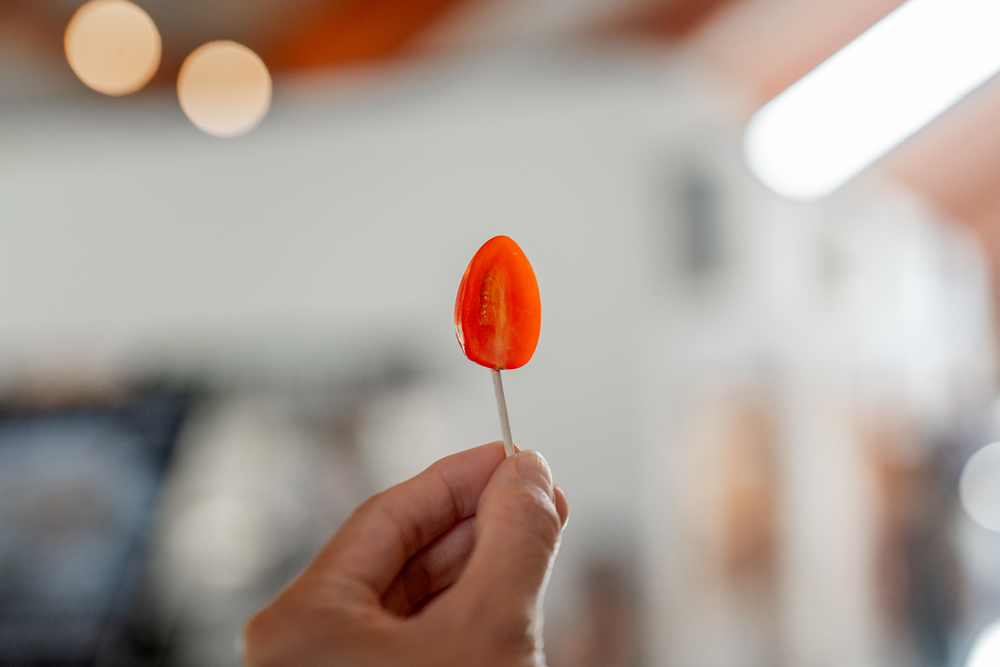

Specialty Matsusaka beef carefully crafted by Matsumoto Livestock. The fine grained marbling is beautiful.
1.Only 4% rare Matsusaka beef
Among the "Matsusaka beef" brand beef, which is said to be a work of art, "special Matsusaka beef" is a very valuable product with only about 4% produced each year.
Special Matsusaka beef can only bear the name Matsusaka beef that meets particularly limited growing conditions. The conditions are that carefully selected calves of approximately 8 months of age must be introduced from Hyogo Prefecture, including the Tajima region, and fattened for over 900 days in the Matsusaka beef production area. By fattening it for a longer period of time than regular Matsusaka beef, it has a special flavor, including fine marbling, soft meat, and concentrated flavor.
The craftsmanship of skilled farmers is essential to fattening cows over a long period of time and developing high-quality meat.
From here, we will talk to Mr. and Mrs. Shinobu Matsumoto and Kazunori Matsumoto, the CEO of Matsumoto Livestock, a company that has been raising specialty Matsusaka beef for over 100 years in TakiTown Town, Mie Prefecture.
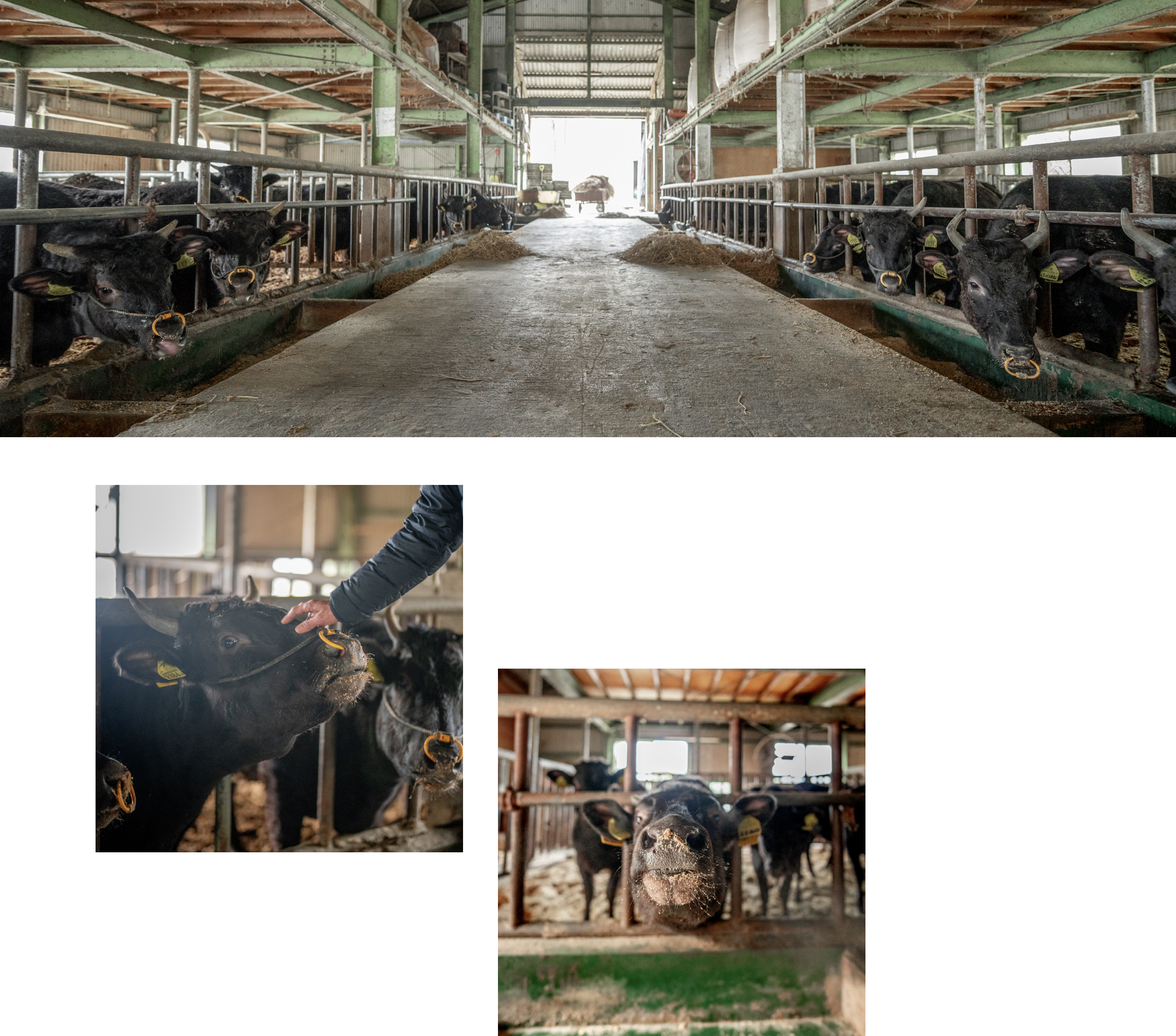
environment, time, love. A “special product” that grows only when everything is in place.
TakiTown, Mie Prefecture, is located in the basin of the Miyagawa River, which is known as one of the clearest streams in the country, and has a mild climate.
Kazunori Matsumoto: ``Even in winter, it doesn't get too cold, so I think it's a comfortable environment for the cows.When the weather warms up, we take them out of the barn, and we carefully shampoo and brush each cow one by one.'' This will improve blood circulation and make the meat even more tender.
While talking, Kazunori Matsumoto puts his hand towards the cow, and the cow rests its face on it, looking relieved. I got a glimpse of the relationship that has been built up between cows and people on a daily basis.
Matsumoto Livestock has several cowsheds.
``We are moving the cows around as the cows grow,'' says Kazunori Matsumoto.
``When the cows are small, we raise them in groups of four in one fence, then in the second year we raise two cows in each group, and in the third and final year, we raise them in groups of four in one fence. I try to spend time with
It seems that not putting stress on the cow has a big impact on the quality of the meat. Although this fattening method is time-consuming and costly, it is possible to raise it into high-quality specialty Matsusaka beef.
The cows' staple food is rice straw. Matsumoto Livestock works with local rice farmers to feed Koshihikari rice straw to their cows as their staple food.
Shinobu Matsumoto: ``We ask neighboring farmers to collect straw ourselves.The manure excreted by the cows is turned into compost, and the farmers send us to spread it on their rice fields, which is a circular process. It takes the form of
In addition to the rice straw that is their staple food, they also use a lot of special care in their food, including buckwheat grains, sesame and perilla dregs, and soy sauce dregs that are said to have the effect of regulating their stomachs. The company seems to adjust the combination and amount of these ingredients to suit the cow's growth process, appetite, and other conditions from time to time.
Kazunori Matsumoto: ``Cows have an early, middle, and late stage of growth, and we feed them feed that is tailored to each stage.We pay particular attention to the latter stage, which is the finishing stage, as it directly affects the taste of the meat. ”
While advanced fattening techniques are in demand, Matsumoto Livestock continues to ship 25 to 30 head of specialty Matsusaka beef every year.
When I asked Kazunori Matsumoto, ``Isn't it difficult?'' he calmly replied, ``I'm often asked that, but I don't find it difficult.'' ``I just want to deliver delicious food,'' Mr. Matsumoto says, his eyes filled with pride as a producer and a love for the specialty Matsusaka beef.
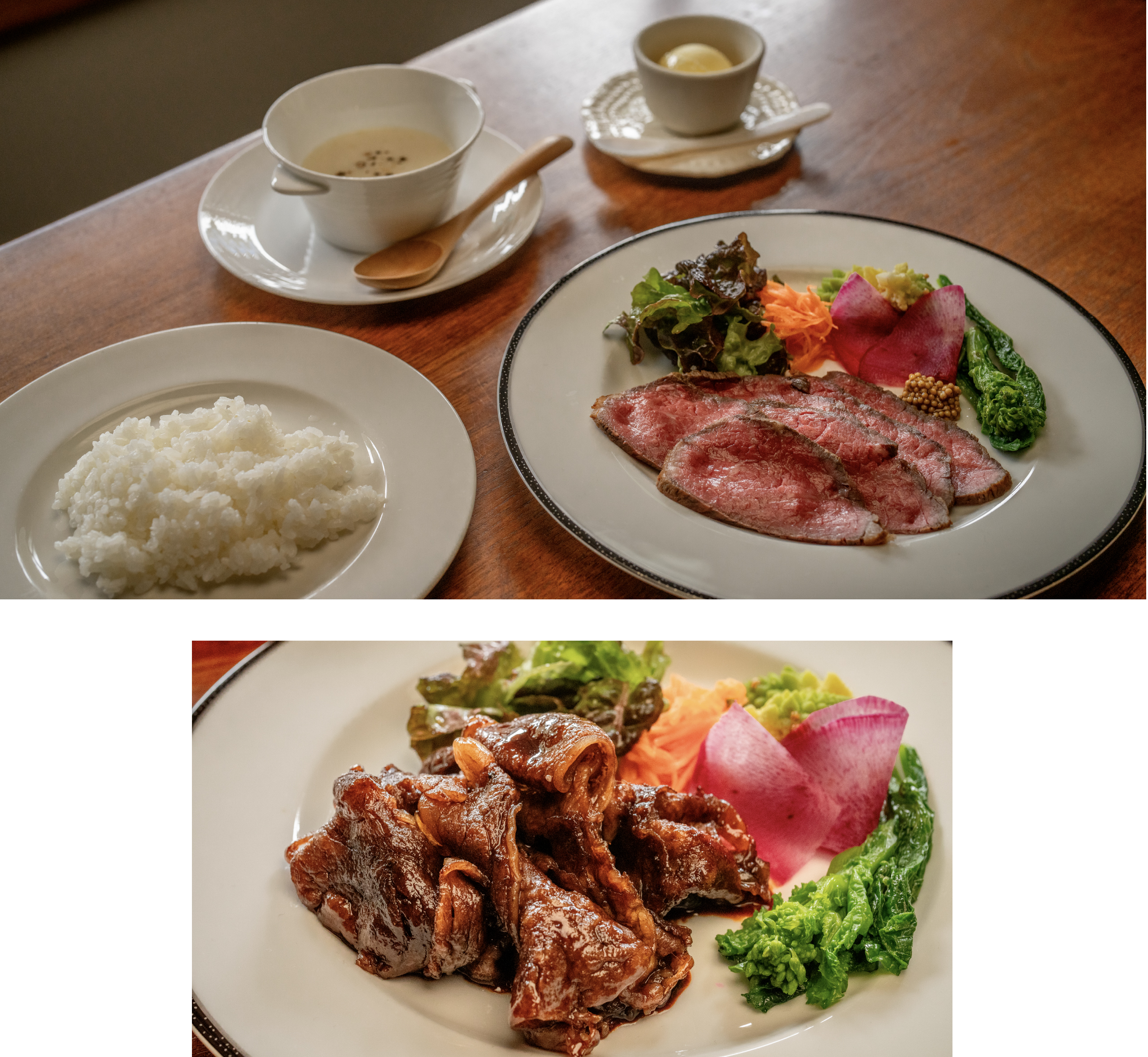
Enjoy the taste of specialty Matsusaka beef
Matsumoto Chikusan has ``Café Matsumoto,'' where you can enjoy delicious Matsusaka beef, a specialty product.
The cafe-style storefront gives off an impressive feel of the warmth of wood. It seems that Matsumoto Chikusan's desire to ``enjoy the enjoyment of our specialty Matsusaka beef without hesitation'' comes through.
Café Matsumoto has the flavor that can only be provided by farmers who are familiar with the specialty Matsusaka beef.
``When making a single piece of sukiyaki, I don't cut the meat to the same thickness, but rather take into account individual differences and differences between parts, and cut the meat to the most delicious thickness,'' says Shinobu Matsumoto.
“Matsumoto Lunch” is a standard menu item where you can enjoy thinly sliced local Matsusaka beef with a delicious sukiyaki-style sauce.
When you eat it, the soft and delicate texture of the specialty Matsusaka beef, the rich flavor of the meat, and the flavor of the sweet and salty sauce will fill your mouth.
Shinobu Matsumoto: ``Special Matsusaka beef is characterized by its low fat melting point.General beef is said to have a melting point of about 22 to 25 degrees, but Matsumoto Chikusan's specialty Matsusaka beef has a melting point of approximately 17 degrees. It's low. It's lower than the human body temperature, so the fat melts right away when you put it in your mouth. It doesn't have the sticky feeling that comes with meat fat, so you can enjoy it smoothly."
Even people who usually prefer the refreshing taste of red meat will be impressed by the flavor of the fat without being overpowering, saying, ``I'd like to get another helping.''
Furthermore, while the standard cooking methods for Matsusaka beef include sukiyaki, steak, and yakiniku, Shinobu Matsumoto says, ``Roast beef is one of the recommended ways to enjoy Matsumoto Chikusan's specialty Matsusaka beef.''
The flavor of the roast beef is brought out through a time-consuming cooking method that involves heating it at a low temperature for 3 hours and then grilling it for about an hour, allowing you to fully experience the flavor of the specialty Matsusaka beef with every bite.
In addition to the main specialty, Matsusaka beef, the accompanying vegetables, rice, and desserts are also carefully sourced locally.
Local farmers often visit Café Matsumoto. From time to time, he says, he receives requests for processing, saying, ``We've harvested a lot of delicious vegetables, so we'd like you to cook them at Matsumoto Cafe.'' The farmers who brought in the products themselves also come back to the store to purchase processed prepared foods. It seems to be creating a ``circulation of delicious food'' in the local community.
``The people of this area have an ingrained belief that ``we grow good food and everyone eats delicious food'' as a matter of course,'' Kazunori Matsumoto says. Mr. Matsumoto's words summed up the appeal of local production for local consumption.
2. Mie, the Land of Food. Impressed by the abundance of ingredients
VISON is a commercial resort facility located in Taki Town, in the mountainous TakiTown of Mie Prefecture.
VISON, which has the theme of "healing, food, and knowledge," has about 70 stores, including hotels, hot spring facilities, a farm-to-table market, and restaurants. The "Marche Vison" area inside VISON is a direct-from-farm market supervised by Ryuji Teshima, who received one star in Paris, and sells local specialties such as Matsusaka beef, spiny lobster, and abalone, as well as seafood and mountain delicacies mainly from Mie. There are many stores that offer this.
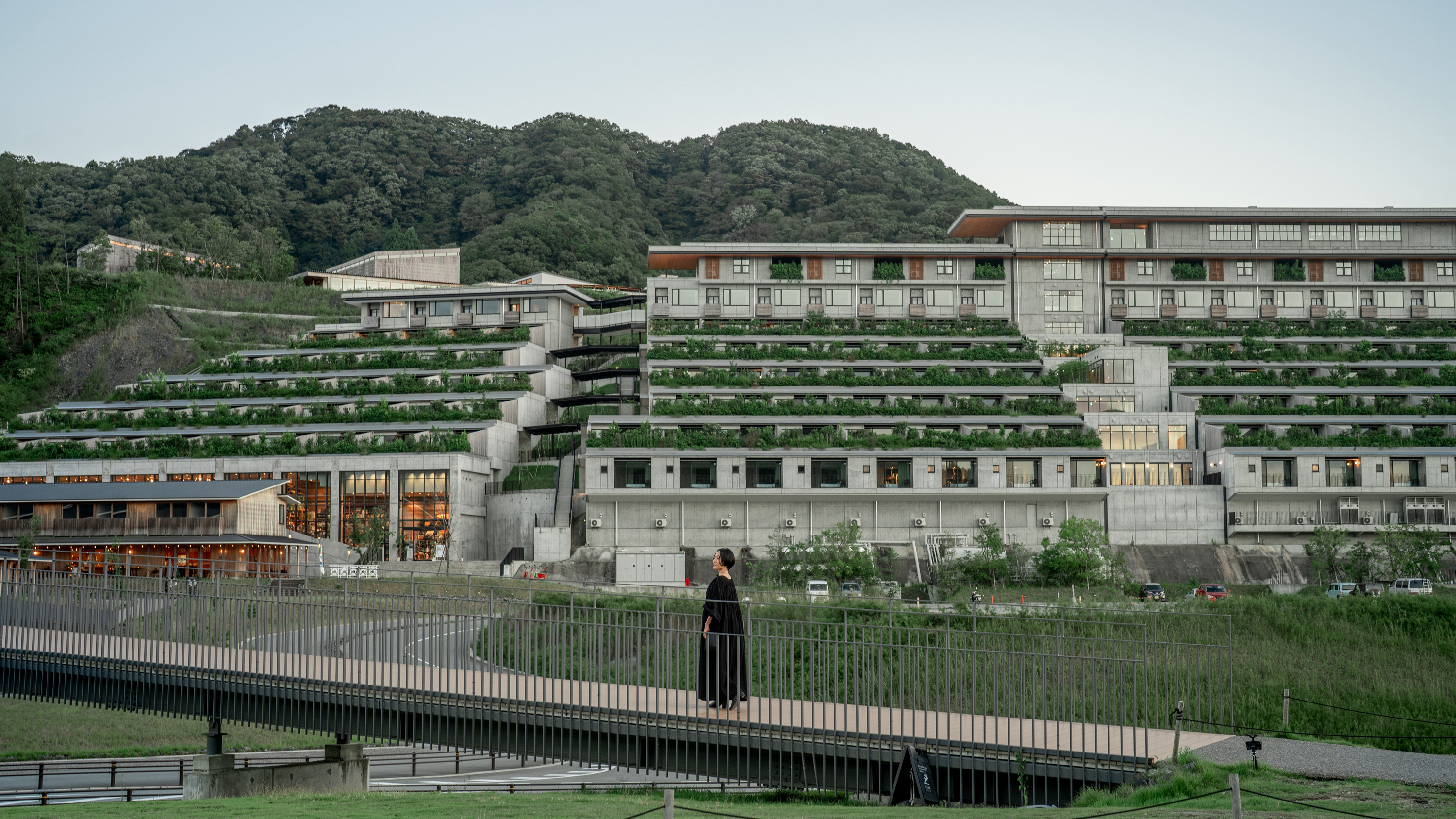
VISON 's name comes from the word "beautiful village". A space where stylish architecture and nature are in harmony spreads throughout the area.
A market where you can find delicious fruits and vegetables
The fruit and vegetable market located in Marche Vison is a corner that supports producers and business operators who grow fruits and vegetables with great care in Mie Prefecture and surrounding areas.
This fruit and vegetable market has a tasting corner almost every day.
``We value the opportunity for people to experience the deliciousness of our carefully selected fruits and vegetables.''
A person in charge of fruits and vegetables said, ``There is a blue mandarin called Gyokusei Mandarin, but most people judge it by its appearance and think that it doesn't look sweet.When people actually eat it, they are surprised at how sweet it is. "Yo," he said.
The southern part of Mie Prefecture, where very early mandarin oranges are grown, is characterized by a mild climate suitable for mandarin orange cultivation. The soil should be well-drained and the oranges should not have too much moisture. As a result, the sweetness is truly concentrated.
His words, ``I want people to be surprised by the gap between greenness and sweetness,'' left a strong impression on me, as he expressed his desire to ``get to know the fruits and vegetables that are truly delicious,'' without being limited by their appearance.
``Many customers from outside Mie Prefecture come to VISON want them to learn about the charm of Mie Prefecture through delicious fruits and vegetables.''
A fruit and vegetable market that deeply understands the charm of each ingredient and the unique taste of Mie Prefecture products, and handles products with care, carefully determining the season and ``wanting people to enjoy them when they are at their most delicious.'' Please come and experience the delicious fruits and vegetables of Mie.
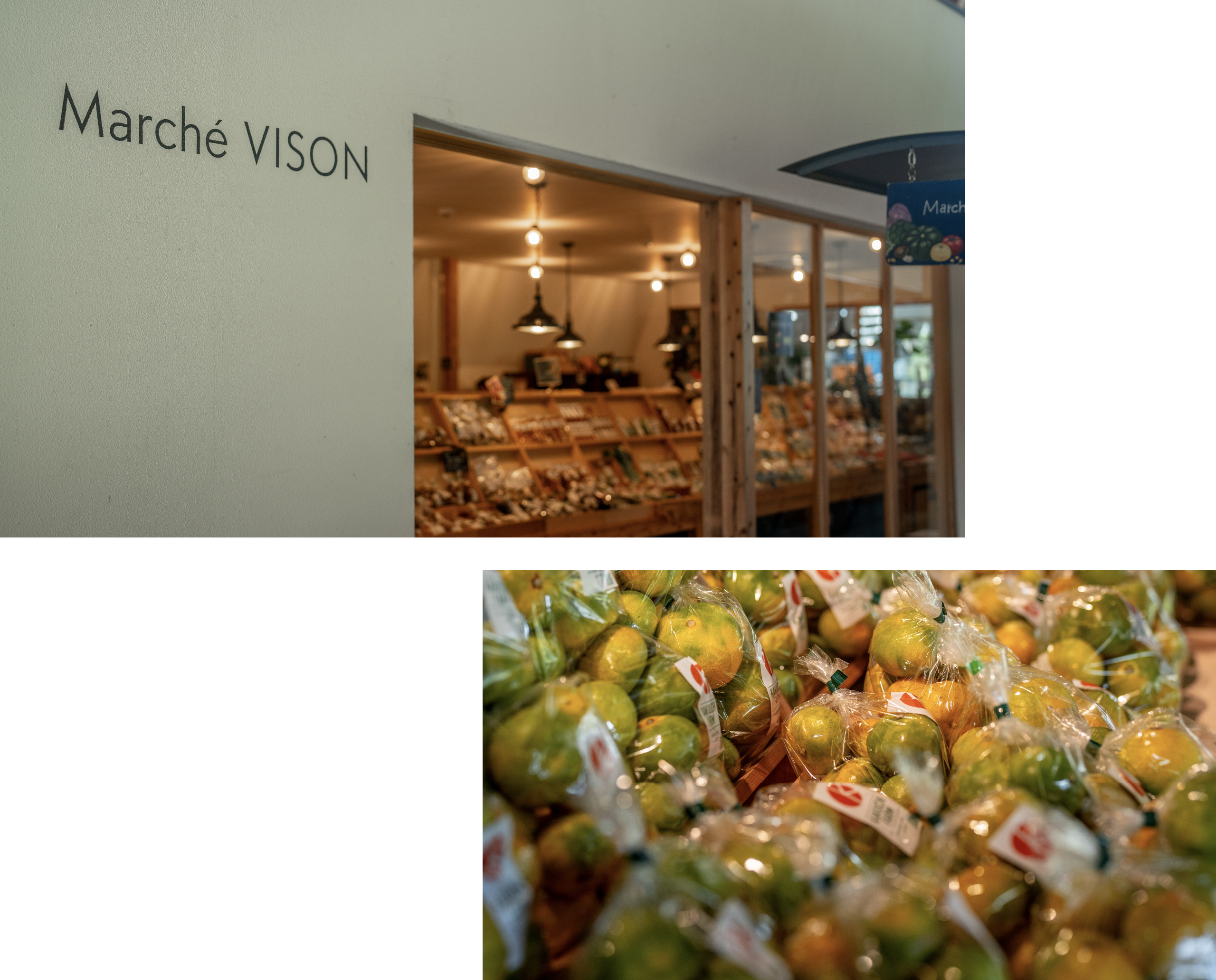
Fresh seafood from Mie gathered together
Suzuki Suisan, whose main store is in WataraiTown, offers a wide selection of highly fresh seafood, with a focus on local seafood from Ise, Shima, and Minamiise.
Takikomi rice chazuke topped with live Ise red sea bream sashimi is Suzuki Suisan's signature menu.
Ise red sea bream is a brand fish of MinamiiseTown. They are raised on a diet containing a mixture of seaweed, citrus fruits, and tea leaf powder, which are special products of Mie Prefecture, and are characterized by an elegant taste with less oiliness. It has a firm texture and you can feel the flavor with every bite.
The fresh fish handling techniques and processing ideas that have been cultivated over the past 30 years at the main store in WataraiTown cho are fully utilized at the VISON store.
The Ise red sea bream used in Takikomi Gohan Chazuke is freshly caught. It is served with roasted nuts, sesame sauce, myoga, green onions, and other condiments to make the most of the delicate, high-quality flavor of Ise red sea bream.After enjoying it with takikomi rice, it is served with piping hot soup stock and chazuke (chazuke) for a refreshing taste. Combined with the texture of the nuts and condiments, it becomes a dish that you can't stop eating with chopsticks.
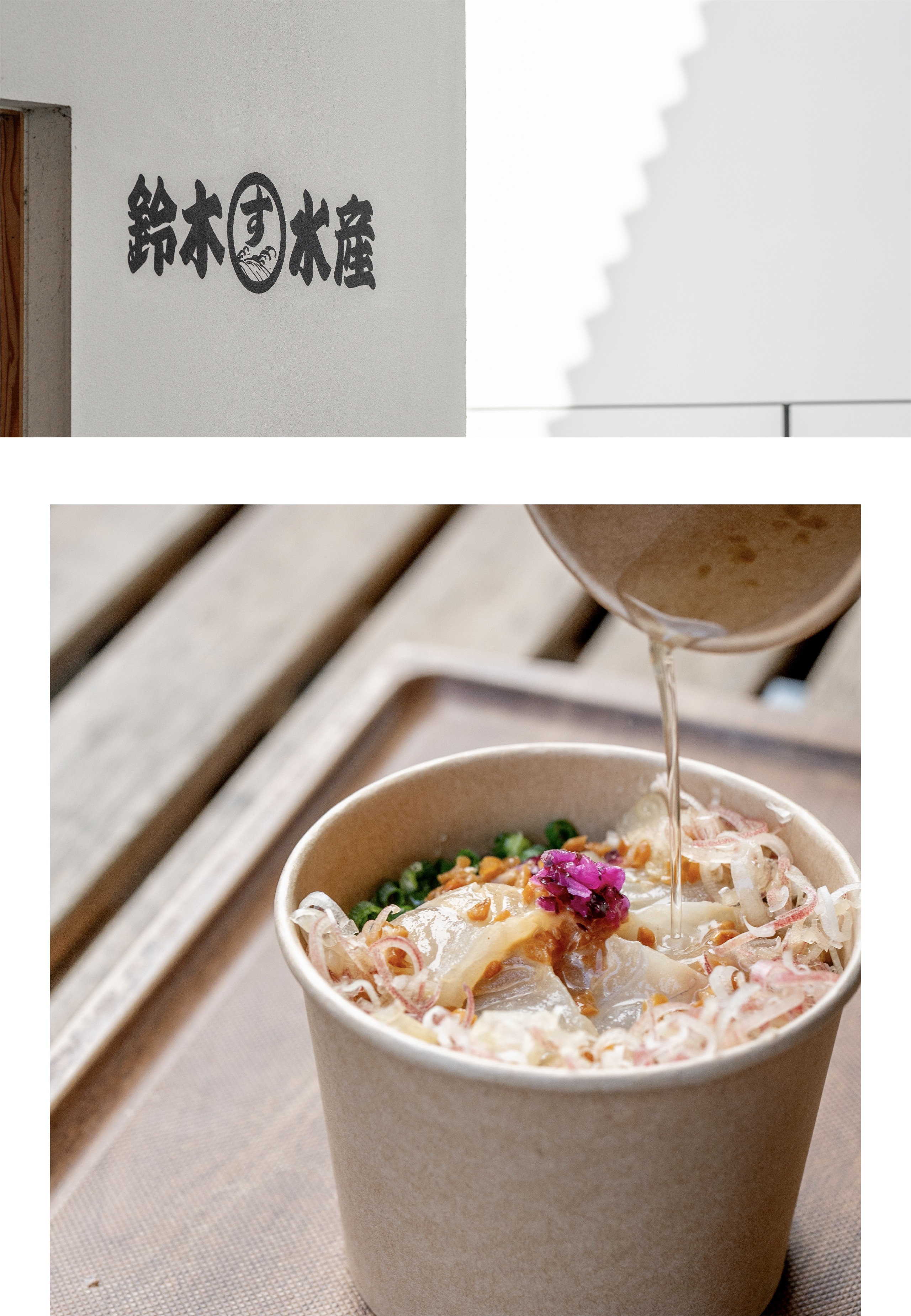
As you walk through Marche Vison, you can smell the delicious aroma of grilled seafood.
The true identity of the fragrance is `` AmagoyaNakagawa''. The shop is run by the Nakagawa family, who have been practicing ama for three generations in Toba TobaCity, Mie Prefecture.
Toba/Shima is an ama town where about half of the ama in Japan are active. However, in recent years, the number of ama divers has decreased significantly due to the declining birthrate and aging population. Considering this situation, I think restaurants run by ama diver families are extremely valuable.
There is a wide selection of fresh seafood such as abalone, clams, and turban shells, all of which can be grilled to perfection. All of them have exquisite texture and crunch, and the concentrated flavor spreads throughout your mouth.
At AmagoyaNakagawa, you can also enjoy creative seafood dishes made by the chef, who is also a fisherman and trained at a Western restaurant. Why not enjoy the various flavors of seafood, from sashimi and grilled fish to delicate creative dishes that allow you to enjoy the freshness directly?
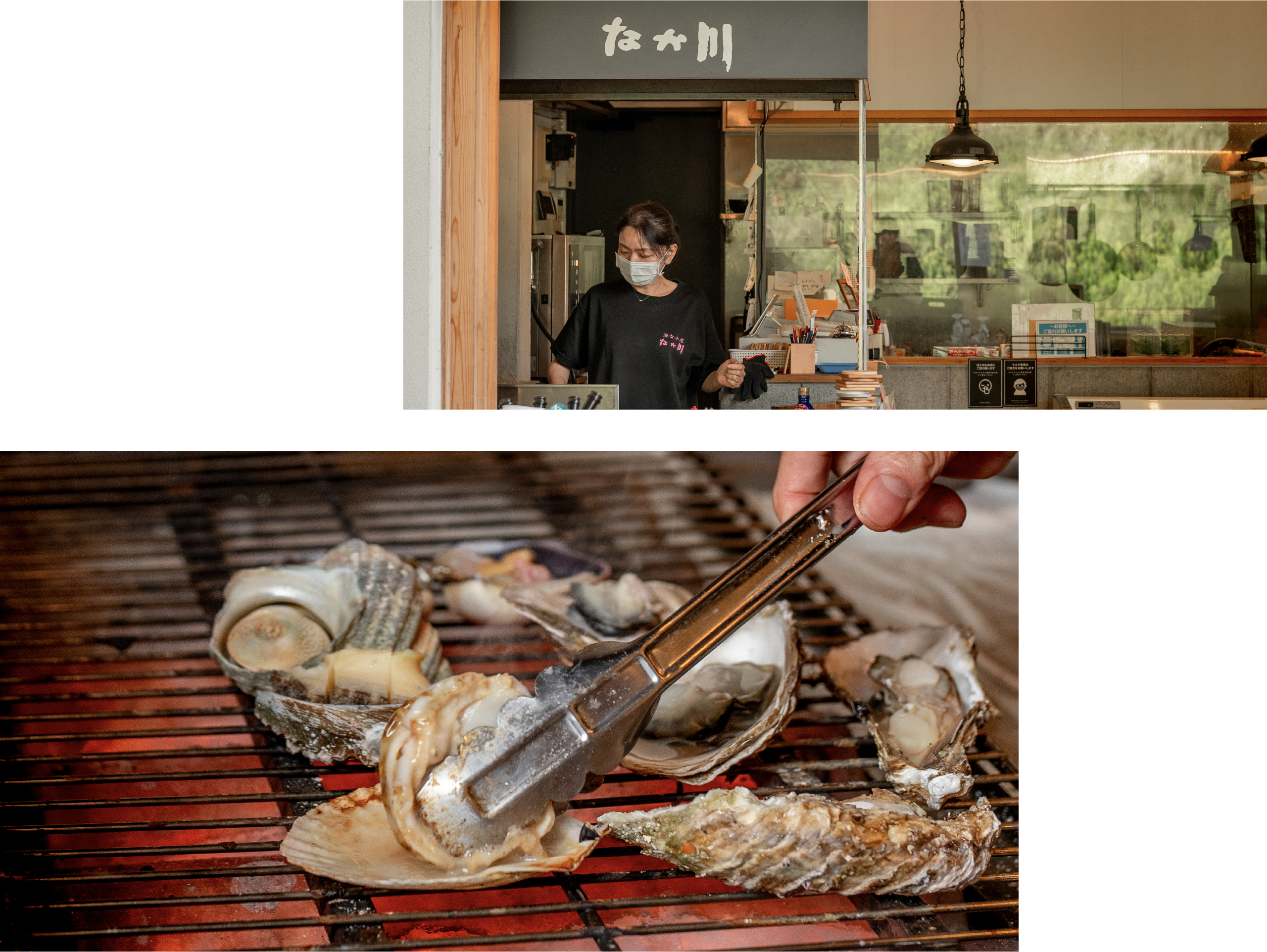
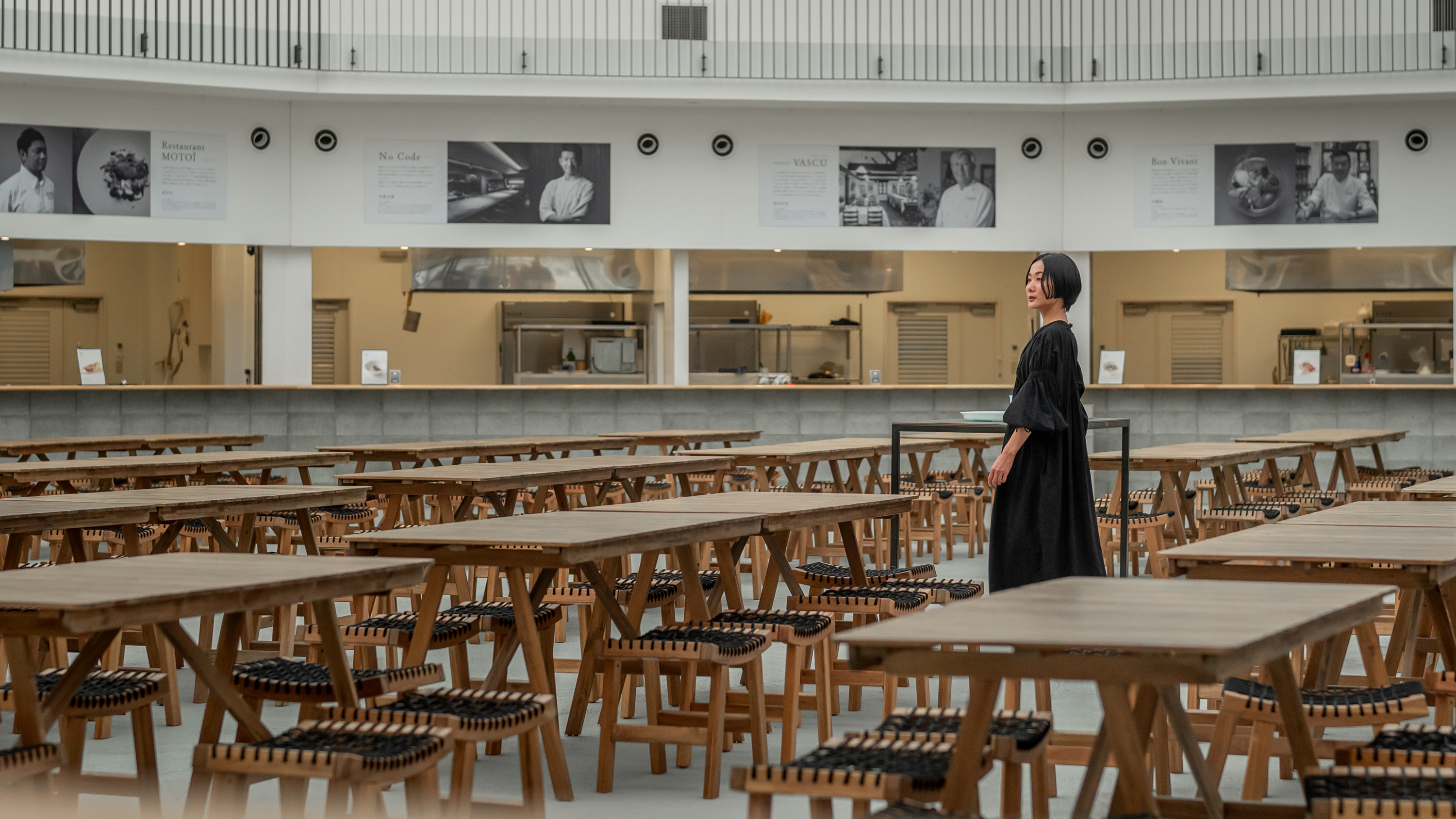
3. A food museum where you can enjoy Mie
When you visit VISON, you should also visit AT CHEF MUSEUM.
AT CHEF MUSEUM is a dining facility that opened in VISON in July 2023.
Based on the concept of ``a museum of food that treats chefs' dishes as works of art,'' 18 famous chefs and sommeliers from around the country, including seven Michelin-starred chefs, will each produce their own dishes. You can enjoy ``special'' gourmet food made with plenty of ingredients from Mie Prefecture.
From here, we will talk to Yumifu Tanaka, the culinary director who has been involved from the planning stage, including inviting chefs to AT CHEF MUSEUM and producing each menu together with the chefs.
Yumi Tanaka: ``At CHEF MUSEUM, you can enjoy dishes, sweets, and drinks prepared by famous chefs and sommeliers from high-end restaurants that offer referrals and one-star restaurants at reasonable prices while maintaining the quality of their work.'' We were very particular about the quality of the food.'' (Ticket system from 11:00 to 15:00. 1 ticket 700 yen / 3 tickets 2,000 yen)
``Aiming to become Mie's culinary mecca,'' each menu uses Mie ingredients, and the unique approaches of famous chefs bring out the charm of the ingredients.
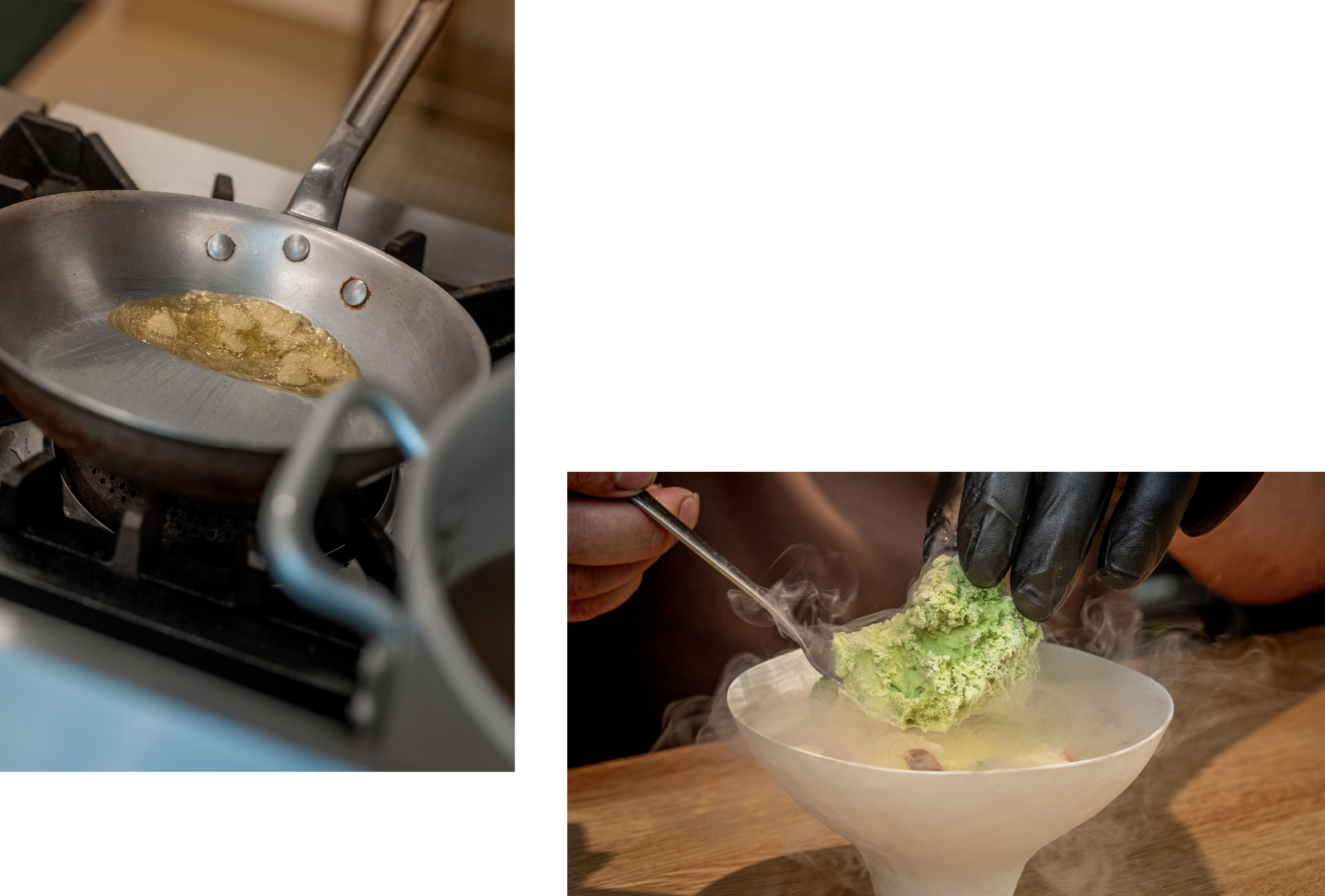
``Matsusaka Beef Caldosso'' by Chef Fukaya of ``RESTAURANTE VASCU'' in Hakodate City uses Matsusaka Beef, ``Yume-chan Shiitake'' from SuzukaCity, and ``Miesodachi'' rice from Mie Prefecture, in addition to Matsusaka Beef.
Caldosso is a Spanish rice dish, also known as Spanish rice porridge.
Matsusaka beef is characterized by the sweet, deep, elegant aroma known as ``Wagyu-ko'', which is unique to Kuroge Wagyu beef, and its concentrated umami flavor. Yume-chan Shiitake mushrooms are grown in Okubo-cho, Suzuka SuzukaCity, at the foot of the Suzuka Mountains. All ingredients are domestically produced, and the carefully cultivated thick shiitake mushrooms have an outstanding flavor and aroma.
“By boiling it down thoroughly, the flavor of Matsusaka beef and shiitake mushrooms is concentrated,” says Yumifu Tanaka. During the boiling process, the umami permeates into the Mie Sodachi rice grown in Mie Prefecture. The aroma of olive oil and garlic, combined with the moderate saltiness of the Spanish jamon serrano ham, makes this dish a delicious dish.
`` Ise GreenTea air-in ice/citrus'' by Chef Takahashi of ``le sputnik'' in Roppongi, Tokyo is characterized by Ise GreenTea air-in ice that contains three times as much air as regular ice cream and is frozen at -200℃. Because it contains a lot of air, you can enjoy a unique texture such as crispy and fluffy texture. The moment the ice cream melts in your mouth, you can really feel the flavor of Ise GreenTea.
Ise GreenTea is a brand of tea that boasts the third largest production volume in Japan. It has a long history, and ancient documents from around the early 900s record that tea trees were planted in Mie Prefecture. It is characterized by a rich, deep flavor.
The entire Ise GreenTea Air-in-Ice/Citrus is made into a parfait, with a fascinating multi-layered structure made up of sansho crumbe, vanilla ice cream, Ise GreenTea jelly, and citrus. The colors of the edible flowers produced in MatsusakaCity are also beautiful.
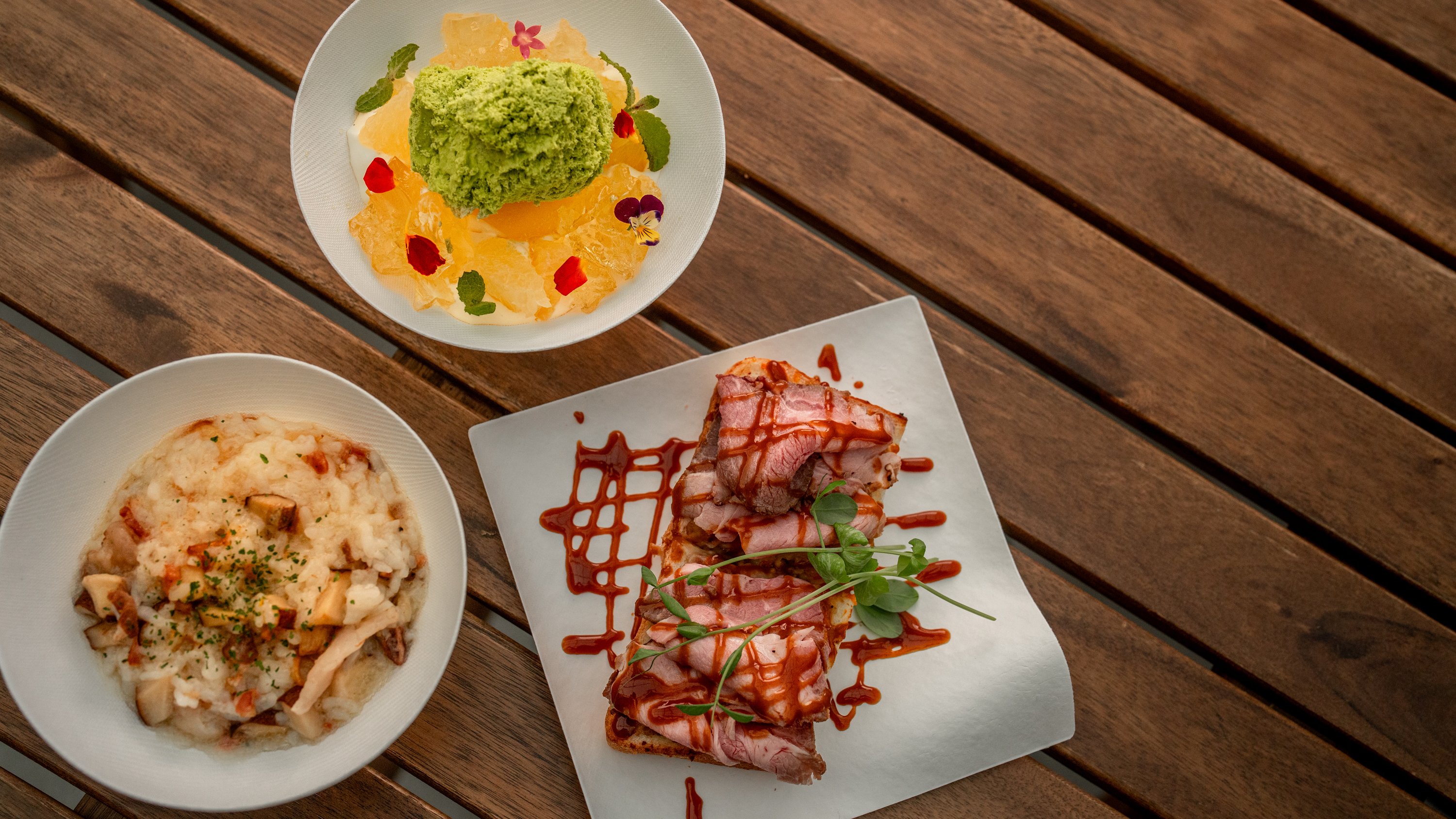
Chef Kawase of Bon Vivant in IseCity has devised Croque Bouche, inspired by the traditional French home-cooked Croque Monsieur.
Chef Kawase is from IseCity. After gaining training in Tokyo, he opened Bon Vivant in his hometown of IseCity. He values the spirit of local production for local consumption, and works to promote local food culture by holding events to spread Ise's gourmet cuisine with his fellow chefs.
Croque Bouche is a loaf of bread topped with plenty of roasted rice pork raised on rice grown in Mie Prefecture. The roast pork is marinated in ``Koji Drink,'' a sweet sake made by ``Kojiya,'' a long-established brewery that has been operating in Ise since 1816. The slightly sweet scent is even more appealing. The sweet brown sauce made from Kojiya's koji was also used as an accent, giving it a special taste.
All menus are like works of art, with flavors and designs that ``show off the ingredients of Mie.'' I was once again surprised by the richness of Mie's ingredients.
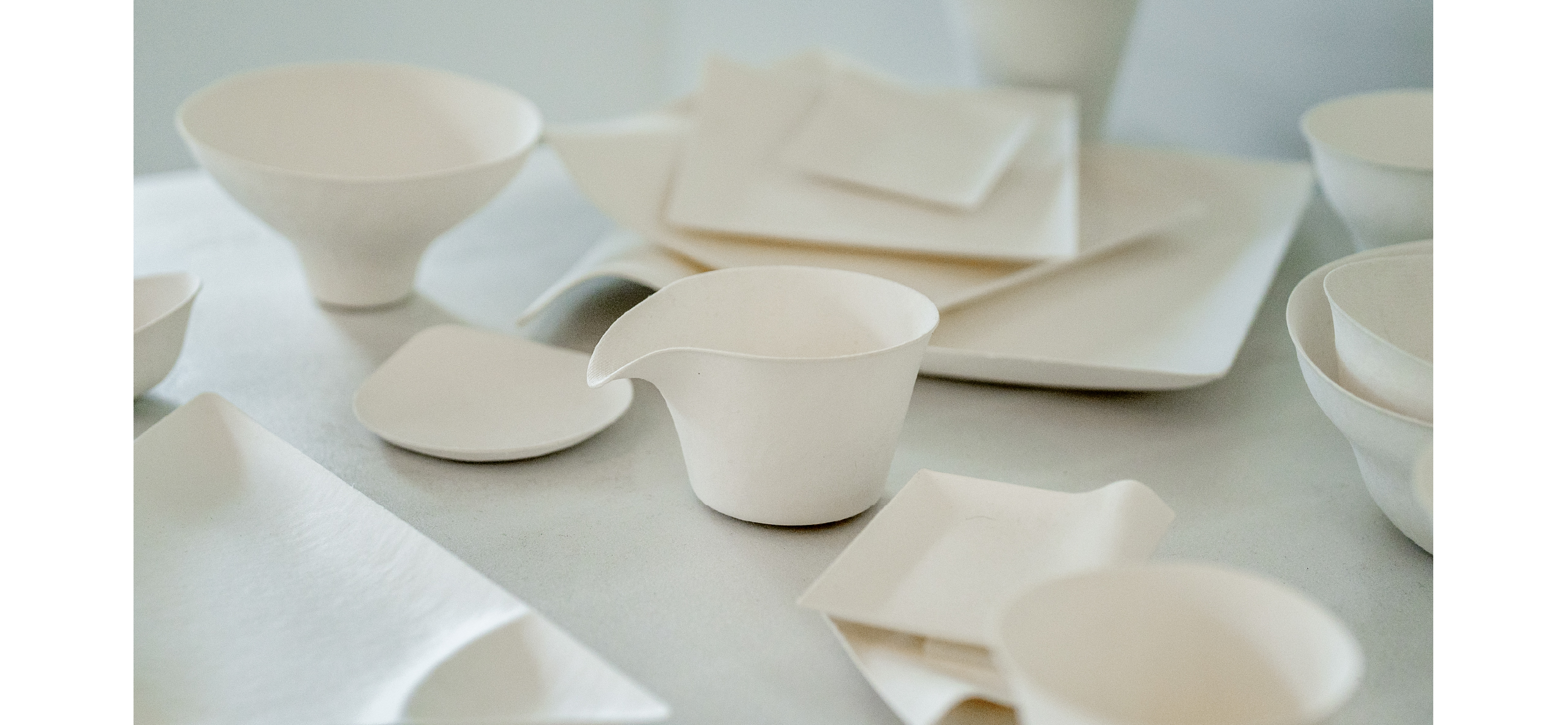
The land of food is coexisted with nature.
Beautiful utensils will enhance your dishes. At AT CHEF MUSEUM, a paper product called "WASARA" beautifully frames the chefs' works like the frames of paintings.
In addition to its sophisticated design, its major feature is that it is eco-friendly as it is made of materials that can be returned to the earth.
Yumifu Tanaka: ``By using WASARA, we were able to keep the price of each dish to 700 yen without compromising the appearance of the dishes created by the chefs. This was made possible because they agreed with AT CHEF MUSEUM's concept of ``we want our works to be enjoyed by a wide range of people'' and VISON 's concept of ``aiming for a beautiful cycle of living and being utilized in harmony with nature.'' ”
Locally produced ingredients, chefs' techniques to make the most of them, and utensils that value the nature that creates delicious food. By paying attention to the thoughts that have gone into each item, the flavor deepens even more.
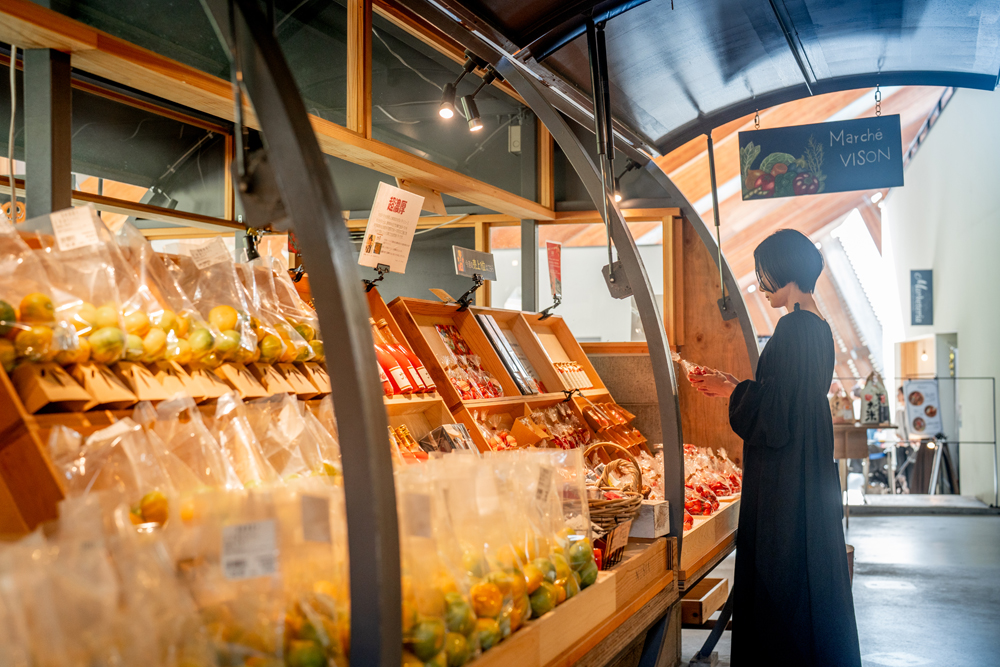
The depth of taste that you can feel by knowing
Visiting the places where ingredients are produced, learning about the thoughts of people who are passionately involved in food production, distribution, processing, and cooking, and actually tasting the food. Through these kinds of actions, you can experience emotions that you would never get from just ``eating.'' I would like you to go to the Chunan region and experience firsthand the thoughts of the people involved in food.
Information such as address
[Special Matsusaka Beef Meat Dishes Cafe Matsumoto]
1808 Maemura, Taki-cho TakiTown 519-2175
[TEL] 0598-39-3368
[VISON]
672-1 TakiTown Mie Prefecture, 519-2170
[TEL] 0598-39-3190
[Marche Vison]
〒519-2170 Mie Prefecture Taki-gun TakiTown 672-1 Marche 38
[TEL] 0598-67-2408
[Suzuki Suisan VISON store]
〒519-2170 Mie Prefecture Taki-gun TakiTown 672-1 Marche 8
[TEL] 0598-39-3190
[AmagoyaNakagawa]
〒519-2170 Mie Prefecture Taki-gun TakiTown 672-1 Marche 6
[TEL] 0598-67-9466
[AT CHEF MUSEUM]
〒519-2170 Mie Prefecture Taki-gun TakiTown 672-1 Food Festival 1
[TEL] 0598-67-2921
















